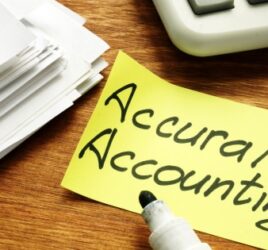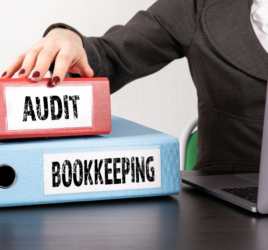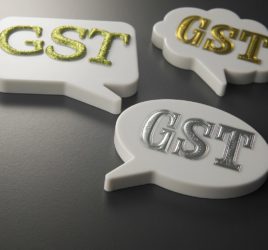
Key Business Metrics You Should Be Monitoring
Do you know how healthy your business is? Could you say with confidence how much money is in your surplus budget, that all of your expenses are accounted for, and that there is little chance of a nasty surprise popping up?
If you answered no to any of that, you need to be monitoring aspects of your business more closely.
The secret to success is tracking key business metrics within your operation. Those metrics are…
Your Cashflow
Monitoring your cash flow is Business 101. It means looking at the physical dollars that are coming into your bank accounts, and the ones that are exiting your accounts too. The money that you pay out is known as negative cash flow, and the money that comes into your business is positive cash flow.
If you don’t know what is coming in and going out, then you don’t know if your business is doing well or not. Do you have enough to cover your expenses? Or do you have surplus money that you should be investing into a growth strategy? Remember this one key thing, positive cash flow does not equate to profits, it is simply the money that you have to spend in your business.
Short-Term Debt
Your most common form of short-term debt is your Accounts Payable. That is the bills that your business has received, but hasn’t paid yet. They will show up as a liability in your financial reports and statements. Tracking this metric is important, as you need to know that you have the cash flow to cover these upcoming bills.
You don’t want to fall into the trap of paying bills late as this can result in penalty fees or a black mark against your business’ credit rating. You also don’t want your bills to impact any debt repayments or your ability to pay your payroll. Keep a close eye on your short-term debt and manage it well.
Funds Owed
Generally, the biggest part of funds owed to your business is from your Accounts Receivable. This is generated by invoices you have sent out, or products sold and services completed that you have not yet been paid for. These funds will show as an asset on your financial statements, as they are revenue that you expect to receive in.
You should not recognise your funds owed as money in the bank until it actually hits your account. Encourage your customers to pay on time so that it doesn’t negatively impact your cash flow. If they are late in paying your invoices, make sure you follow up as quickly as possible. The longer a debt is outstanding, the harder it is to collect.
Direct Costs
Direct costs are also known as the cost of goods sold. They are costs directly associated with providing your products or services – wholesale costs, the cost of materials to make your products and even specific labour time specifically dedicated to producing your products. Monitoring your direct costs will show you how much it cost you to provide your products and services. If these costs become too high then you need to consider the viability of your offerings, or if you can make some cost savings.
Direct costs show on your Profit and Loss statements. If you subtract your direct costs from your revenue then you will be able to calculate your gross profit. Your direct costs do NOT include indirect fees like the cost of advertising, marketing, rent, or insurance.
Operating Margin
Your Operating Margin is the money you have left in your business after your income has been generated, and your direct and indirect costs have been paid. It is a good indication of how well your business is performing after you have paid for your products, all of your marketing and general expenses.
If the amount leftover is low then you might not have enough left to pay your taxes. This may mean you need to review your business model or pricing structure. But if you have a lot leftover, then there is potential you can reinvest the funds.
Net Profit
The net profit is the bottom line of your business. It is the money that is left over after you have paid all your costs, as well as Tax and GST. They are the funds that don’t have to be reinvested into your business. Tracking this helps you to establish how much money you have to invest in the growth of your business, or how much you can draw out.
Cash Balance
How quickly do you burn through any funds left in your business? Do you spend it as soon as it comes in, or can you maintain a healthy balance of positive cash flow? You should think long and hard about how you spend your cash balance as it is the funds you have to invest in your business. If you spend everything you have the second it hits your account, then you will have nothing available to support your future business growth.
While it is important to track these metrics in your business, it is not always possible to do it yourself. Financial terms can seem like a foreign language and who has the time to decipher a new language? After all, time is always an issue when it comes to running a business as you want to focus on the things you do best to generate revenue.
So, if you would rather rest easy knowing that your finances are being looked after, consider letting Accountants Plus monitor them for you. We have a team of financial gurus who are experts in measuring the financial health of your business with these metrics. Get in touch with us today to see how we can help.



